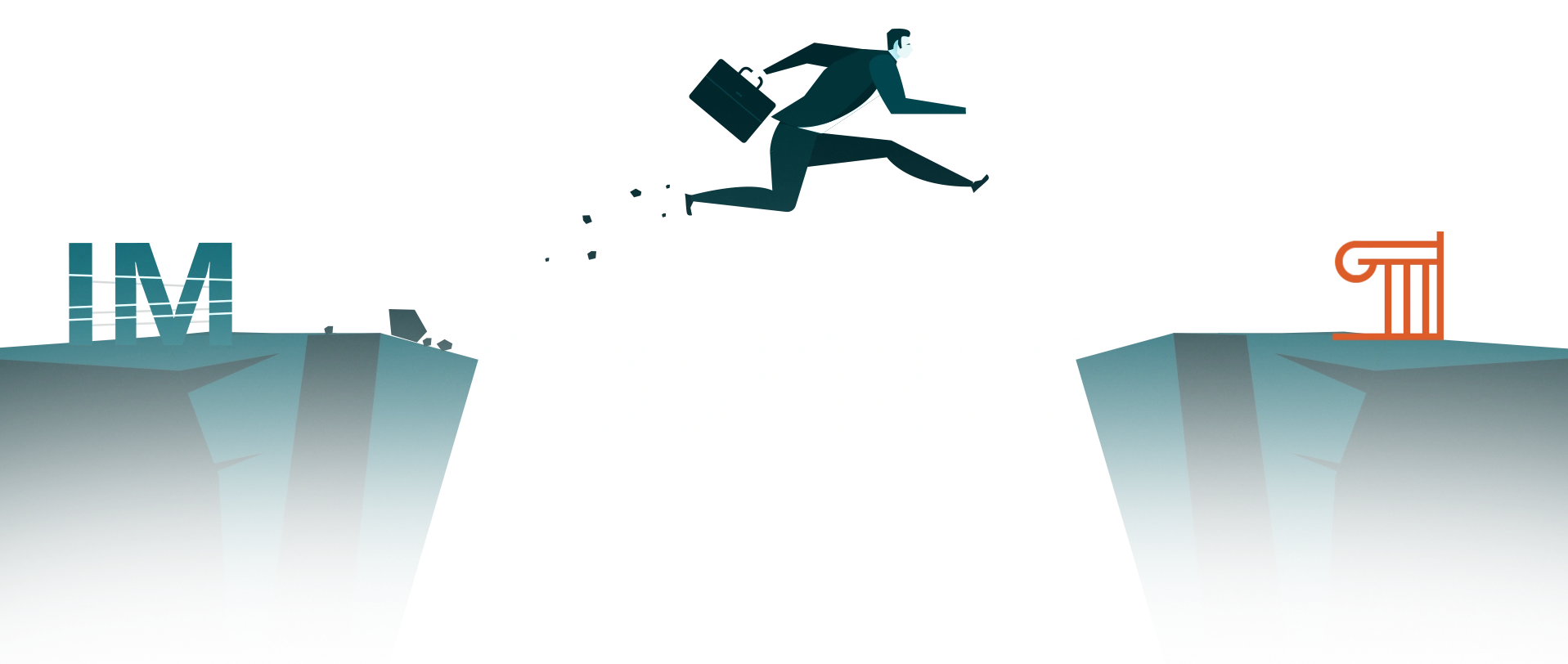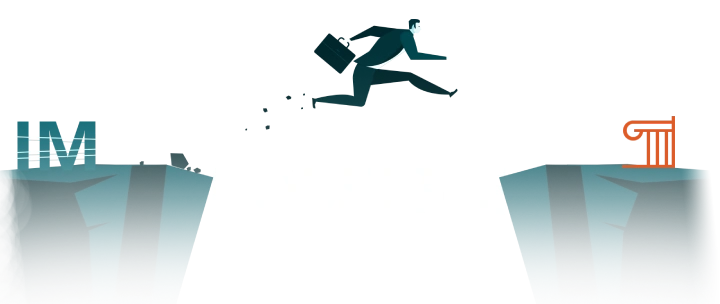
Filing Chapter 13 bankruptcy provides relief from your debt and can help you get back on secure financial footing. When you file for this type of bankruptcy, it’s important to realize that not all debts are created equally.
In some cases, there are debts that don’t have to be paid in full, while others do. When creating your payment plan, you will split your debts into different categories. The debt categories to include in this plan are listed here.
A priority debt must be paid out by the time your plan is complete (there are some exceptions). An example would be any back taxes you owe, spousal support, child support, and the cost of filing for bankruptcy. All these must be current when you finish paying your repayment plan.
A secured debt is one backed with collateral. It includes things like car loans and home mortgages. You need to understand that each loan will have unique repayment terms. For example, some will just require you to repay the collateral, while others require full repayment of what you owe. Your bankruptcy representative can help you know how to treat each secured debt you have.
Unsecured debt comes from medical bills, personal loans and credit cards. They are the last ones considered in your repayment plan. Sometimes, these creditors do not receive full repayment for your debt. If this happens when you have completed your repayment plan, the debts will likely be discharged.
Understanding how debts are treated in a Chapter 13 repayment plan will help you better understand this process. Knowing your legal options will help ensure you take the right steps and eventually achieve financial freedom.
At Mark T. Young & Associates, We Get You The Help You Need.


Fields marked with an * are required
"(Required)" indicates required fields